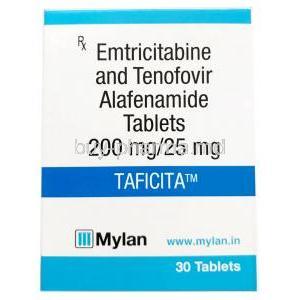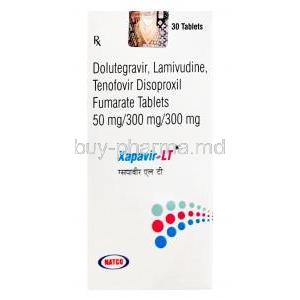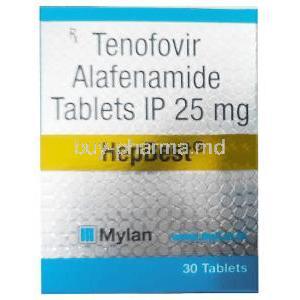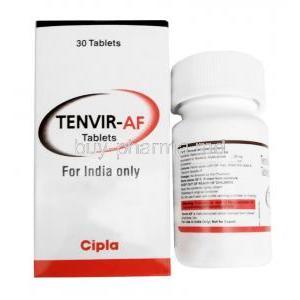Dolutegravir
- Introduction
- Composition and Properties
- How Dolutegravir Works
- Uses of Dolutegravir
- Off-Label Uses of Dolutegravir
- Dosage and Administration
- Common Side Effects of Dolutegravir
- Serious Side Effects and Adverse Reactions
- Interaction with Other Medications
- Contraindications and Cautions
- Special Considerations in Administration
- Overdose Information
- Storage and Handling Precautions
- Important Precautions and Warnings
Introduction
The introduction of Dolutegravir, an integrase strand transfer inhibitor (INSTI) represents a major achievement in the continuous fight against the Human Immunodeficiency Virus (HIV). This medication has played a role in transforming treatment approaches by effectively blocking the replication of the virus. The progression and refinement of Dolutegravir from its ideas to its practical use highlight an impressive path of scientific creativity and progress in medical treatment.
Composition and Properties
- The chemical makeup of Dolutegravir sets it apart with the structure that gives it strong effectiveness and specificity in targeting HIV integrase.
- In terms of its properties it showcases a positive pharmacokinetic profile with a long lasting presence in the body and minimal interference with other drugs establishing itself as a crucial element, in HIV treatment.
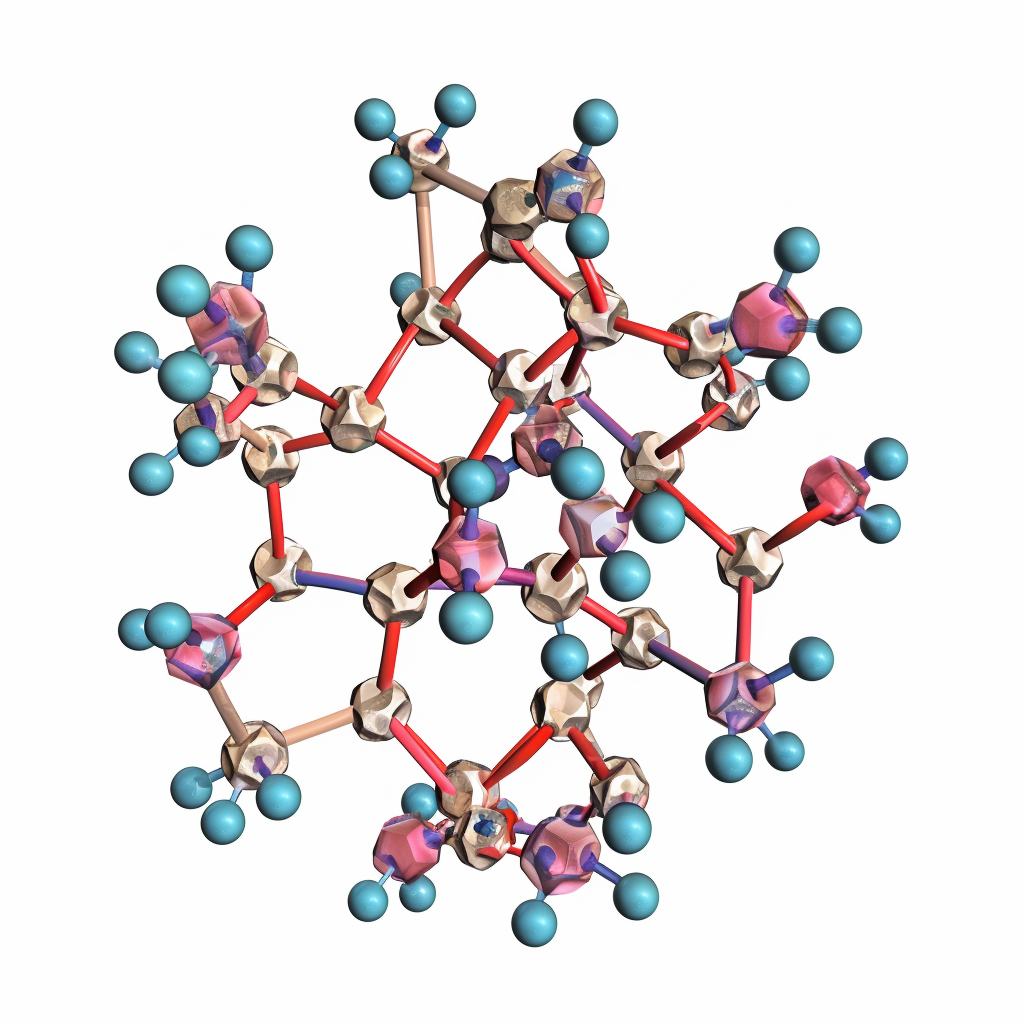
How Dolutegravir Works
Dolutegravir works by blocking the HIV integrase enzyme preventing the DNA from merging with the host cells genetic material, a crucial step in the viruss reproduction process. Its effectiveness compared to antiretrovirals shows a stronger ability to resist resistance positioning it as a vital choice, for initial treatment and backup therapy.
Uses of Dolutegravir
- Dolutegravir is indicated in combination with other antiretroviral therapies (ARTs) for the treatment of HIV infection.
- It is an integrase strand transfer inhibitor (INSTI).
- Used in patients who weigh ≥30 kg.
- Can be used in both treatment-naïve individuals and those who have experienced failure with previous antiretroviral treatments.
- Also indicated in combination with rilpivirine for certain patients.
Off-Label Uses of Dolutegravir
Though Dolutegravir is mainly used to treat HIV researchers have also looked into its effectiveness against viral infections even though its not officially approved for that purpose. There's growing curiosity, about using it for Pre Exposure Prophylaxis (PrEP) to stop high risk populations from getting HIV.
Dosage and Administration
The way Dolutegravir's prescribed differs depending on individual patient characteristics like age, weight and medical background. Adjusting the dosage is crucial for groups such as patients with kidney or liver issues. Following the administration instructions closely is key to achieving the treatment results.
Common Side Effects of Dolutegravir
Administering Dolutegravir, similar to any medication can lead to side effects. These can vary from mild responses to more serious and lasting negative impacts. To address these effects it is important to monitor the situation and consider modifying the treatment as needed.
Serious Side Effects and Adverse Reactions
Although Dolutegravir is usually well tolerated, it may cause side effects in a small number of individuals. These can include hypersensitivity reactions, elevated liver enzymes and notably an increased risk of tube defects, during pregnancy. Such negative effects require monitoring of patients and prompt medical attention.

Interaction with Other Medications
The interaction profile of Dolutegravir is generally mild; however when combined with medications it can result in meaningful interactions with clinical implications. These interactions have the potential to impact the effectiveness of Dolutegravir or raise concerns regarding effects emphasizing the need, for a thorough review of medications before starting treatment.
Contraindications and Cautions
While Dolutegravir has a range of uses, it should not be used in patients who have shown sensitivity to the medication or any of its ingredients. Extra care is needed for patients with existing conditions, like liver problems or previous resistance to integrated inhibitors, to guarantee the successful application of the drug.
Special Considerations in Administration
Administering Dolutegravir requires consideration of various patient groups to ensure effectiveness and safety. These tailored considerations are crucial for optimizing treatment outcomes while minimizing risks.
- For Patients; Older individuals may experience changes in drug metabolism due to age related physiological alterations. Therefore it is important to monitor their response to the medication and adjust dosage as needed.
- For Pregnant Women and Nursing Mothers: Using Dolutegravir during pregnancy and breastfeeding requires a nuanced approach. It involves weighing the benefits of suppression against potential risks to the baby guided by current clinical research and recommendations.
- For Children; Guidelines and Safety Measures; Administering Dolutegravir, to children necessitates following dosing guidelines based on their age and weight. Ensuring treatment efficacy while preventing reactions requires thorough monitoring and personalized dosing adjustments.
Overdose Information
Although instances of overdosing on Dolutegravir are uncommon, it is crucial for healthcare providers to be prepared to recognize symptoms and provide care. The signs of overdose can vary widely requiring an careful response.
Symptoms may range from issues to neurological impacts, highlighting the importance of a thorough symptom evaluation.
When dealing with a Dolutegravir overdose, the focus is on providing care and treating symptoms. In cases of overdose it is essential to monitor for harmful effects and consider interventions such, as activated charcoal if necessary.
Storage and Handling Precautions
Ensuring that Dolutegravir remains effective involves correctly storing and handling the medication. Following storage instructions and handling precautions is essential for maintaining its stability and safety.
Ideal Storage Conditions for Dolutegravir: It is recommended to store Dolutegravir at room temperature from moisture and heat. Keeping the medication in its packaging until use helps shield it from environmental factors.
Precautions in Handling, for Safety; Careful handling of Dolutegravir prevents contamination and unintended exposure. Healthcare providers should adhere to precautions when administering the drug to protect both patients and providers.
Important Precautions and Warnings
The effective management of HIV using Dolutegravir relies heavily on following precautions and warnings. These steps play a role in preventing negative reactions ensuring patient well and preserving the effectiveness of the drug over time. Monitoring for Side Effects and Adverse Reactions; Regularly checking for side effects and adverse reactions allows for intervention and adjustments to treatment if necessary which ultimately improves patient outcomes.
The Significance of Following the Dosage Schedule: It is essential to stick to the prescribed dosage schedule to maintain suppression and lower the risk of developing resistance. Patients should be educated about the importance of adherence to enhance treatment success. Risk of Resistance Development: The rise of drug resistance poses an obstacle in HIV therapy. Adhering to treatment guidelines, coupled with monitoring of viral loads is crucial, for early detection and management of resistance patterns.




